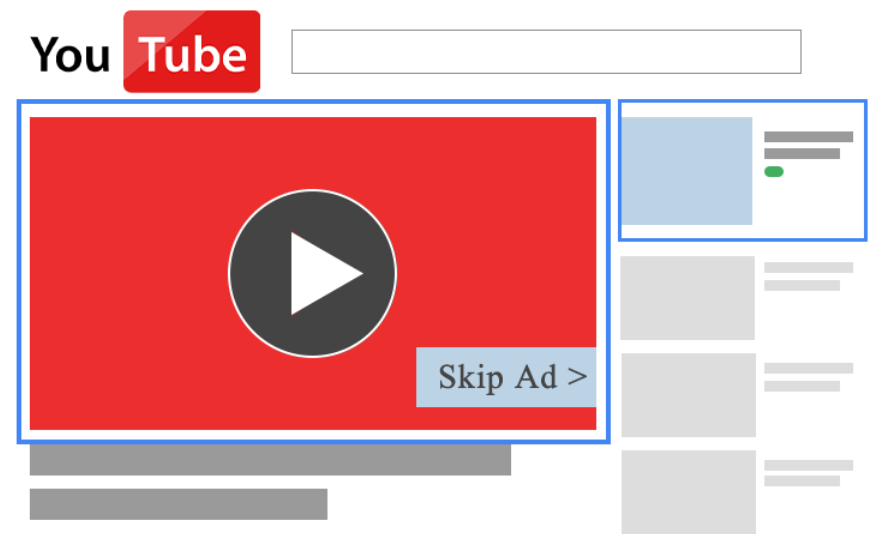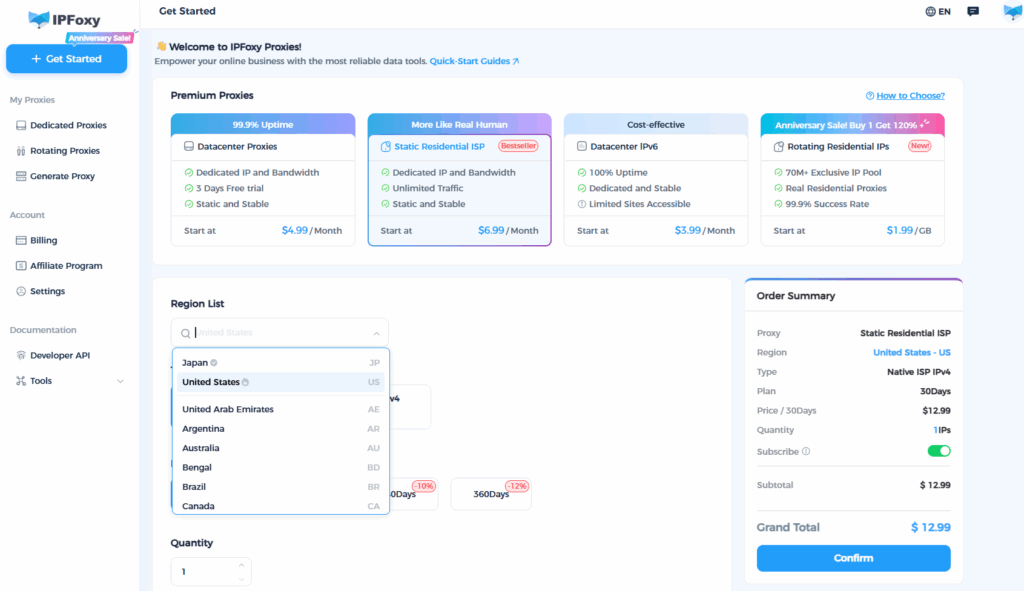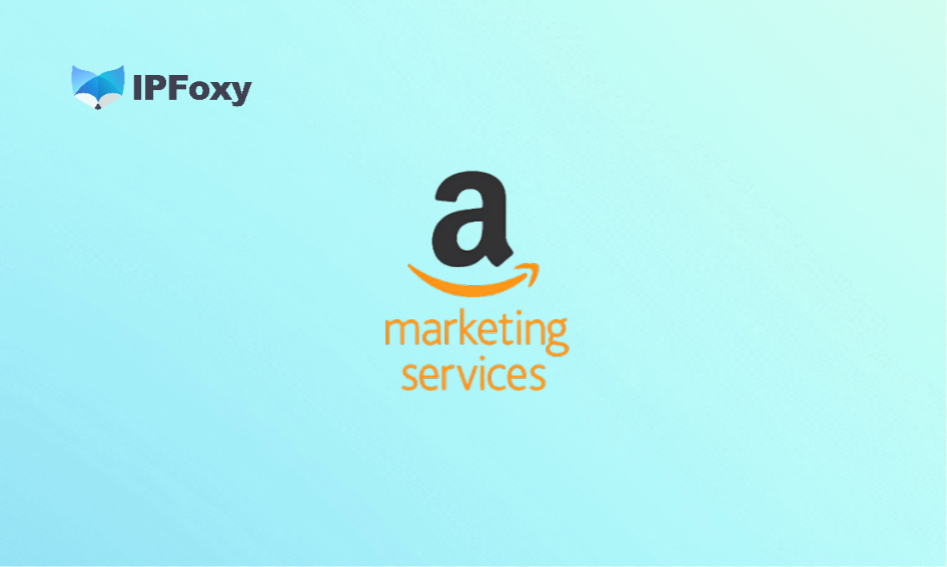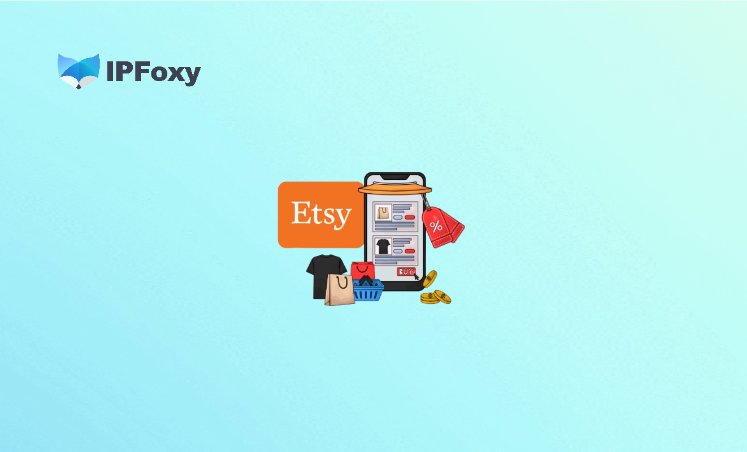On today’s major social and video platforms, YouTube’s commercial value is undeniable. Whether you’re an independent store owner or a professional media buyer, YouTube has become a go-to channel for brand exposure, traffic acquisition, and conversion campaigns. The challenge, however, lies in the fact that YouTube offers a wide range of ad formats, each suited to different objectives. Without a clear strategy, it’s easy to waste budget.
This guide breaks down all the major YouTube ad formats, explains their use cases, and shares how to choose the right one.
I、 YouTube Ad Formats and Selection Strategies
1. Skippable In-Stream Ads
The most common format. These ads play before, during, or after a video, and viewers can skip after 5 seconds. Advertisers pay per view or click.
- Best for: Almost all advertisers, thanks to its cost-effectiveness.
- Tips: The first 5 seconds make or break the ad—use questions, bold hooks, or strong pain points to keep viewers engaged. Supports flexible bidding models (CPV, CPM, CPA).
- Strategy: Ideal for brand awareness and traffic generation, especially in testing phases. Perfect for small to mid-sized advertisers.

2. Non-Skippable In-Stream Ads
Viewers must watch the full 15–20 second ad. Charged by CPM (cost per thousand impressions).
- Best for: Brands running big promotions or looking for guaranteed exposure.
- Tips: Keep content concise and impactful. Avoid using in early-stage campaigns as it may irritate cold audiences.
- Strategy: Suitable for flash sales or high-impact campaigns, but less cost-efficient for small budgets.
3. Bumper Ads
Short, non-skippable ads capped at 6 seconds.
- Best for: Brands aiming to boost memorability quickly.
- Tips: Deliver a single, clear message. Fast visuals and strong rhythm work best.
- Strategy: Great for reinforcing brand awareness and combining with longer ad formats.
4. Discovery Ads
These appear in search results, recommended feeds, or related video sections, marked with the “Ad” label. Users must click to watch.
- Best for: Advertisers leveraging search traffic or promoting content-driven products.
- Tips: Billed per click, impressions are free. Prepare multiple thumbnails and titles so Google can optimize combinations.
- Strategy: Effective for early-stage awareness and small budgets, especially when paired with SEO keywords.
5. Display Ads
Static image + text banners shown on YouTube’s desktop sidebar or beneath videos, without interrupting playback.
- Best for: Merchants looking to drive traffic to websites or channels. Useful as a supplemental format.
- Tips: Supports CPC, CPM, and CPA models. Keep banner visuals clean and message direct.
- Strategy: Well-suited for e-commerce and SaaS products needing conversions.
6. Masthead Ads
Prominent placements at the very top of YouTube’s homepage. Auto-play muted with options for multiple videos.
- Best for: Large brands, holiday campaigns, or global launches requiring massive reach.
- Tips: Must be booked through Google Ads representatives at least 48 hours in advance. Charged via CPD (fixed cost per day) or CPM. Expensive but unparalleled in reach.
- Strategy: Great for brand blitz campaigns. ROI is low for SMEs, so best reserved for big brands.
7. Overlay Ads
Semi-transparent banners covering the bottom 20% of a video, available only on desktop.
- Best for: Smaller advertisers needing frequent exposure at low cost.
- Tips: Limit frequency caps to avoid viewer annoyance. Highlight promotions or direct benefits.
- Strategy: Effective for traffic testing, but watch brand perception to avoid negative associations.
8. Sponsored Cards
Interactive cards tied to video content, showcasing related products or services.
- Best for: E-commerce, courses, or apps where direct purchase intent is strong.
- Tips: Keep creative relevant to the video. Avoid forced insertions.
- Strategy: Works well with influencer collaborations to drive clicks and conversions.
9. Shorts Ads
Vertical video ads placed within YouTube Shorts feeds, up to 60 seconds, skippable.
- Best for: Lightweight, high-impact products targeting short-form video audiences.
- Tips: Grab attention within the first 3 seconds with concise visuals. Pair with longer ads for a complete funnel strategy.
- Strategy: Perfect for Gen Z audiences and mobile-first campaigns.
II、Precision Targeting for Media Buyers
Knowing ad formats is just the start—the real challenge is reaching the right audience in the right location.
1. Why Location Targeting Matters
YouTube ad costs and performance vary by region:
- US and UK clicks are expensive but high-value.
- Southeast Asia is cheaper, great for testing and scaling.
- Poor location targeting means wasted budget and missed audiences.
2. Why High-Quality Proxy IPs Are Critical
Common problems media buyers face:
- Low-quality datacenter IPs trigger backend alerts, destabilizing accounts.
- IPs mismatched to target regions result in ads not reaching intended audiences.
- Multi-account operations risk bans if IPs overlap.
Solution: IPFoxy
- Provides global residential proxies that simulate real local users for accurate targeting.
- Offers both static and rotating IPs, ideal for ad verification and ongoing campaigns.
- Supports multi-account setups, ensuring safe and stable ad delivery.

Conclusion
YouTube ads come in many forms, each with distinct strengths. Success depends on two key steps:
- Understand the differences between formats and combine them strategically.
- Use tools like IPFoxy to ensure accurate location targeting, account stability, and clean traffic.
With the right mix of ad types and precise targeting, media buyers can maximize ROI and unlock YouTube’s full advertising potential.


